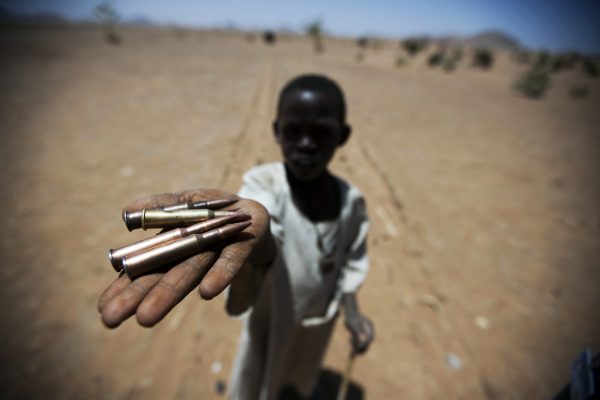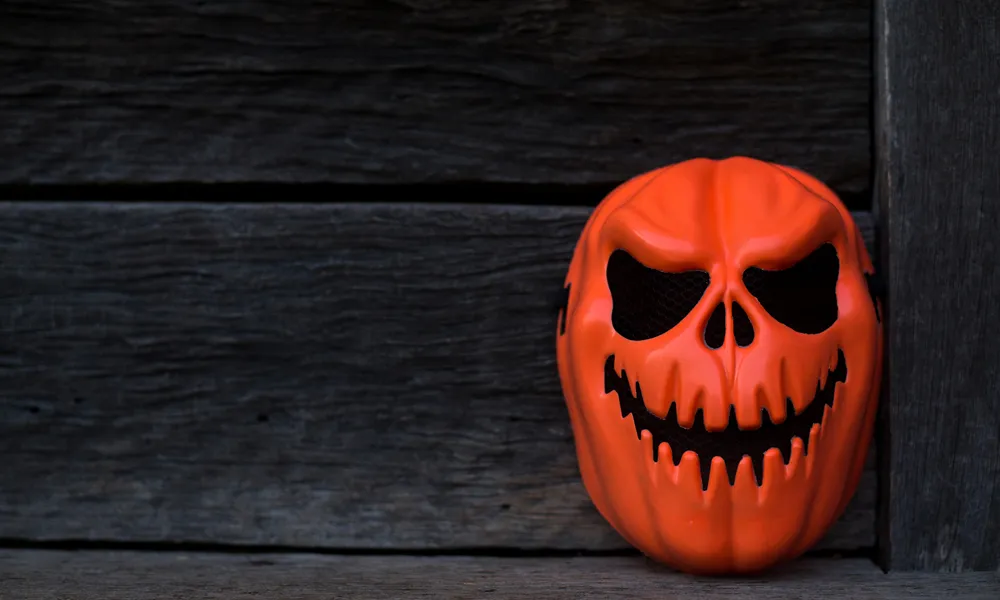By Rigas
We’ve entered November, a dry month. If things continue as they are, we’ll soon begin fire dances to make it rain.
The rains may not be coming, but Halloween has arrived, and this weekend it will be celebrated in full. As global citizens, we embrace anything new or foreign, as long as it temporarily takes us away from boredom and monotony. Meanwhile, the cycle of bloodshed continues in Sudan.
I saw a few drivers on the street dressed as repulsive monsters. But it’s important to understand the holiday. Halloween is often confused with Greek Carnival, but it is very different. Halloween has a more mystical character. It evolved from the ancient Celtic festival of Samhain. Today, the holiday focuses less on ghosts and spirits and more on fun, festive costumes, and sweets. For the Celts, this day marked the beginning of winter and the changing season was seen as a bridge between the living and the dead.

Initially, Halloween took on a Christian aspect and later transformed from a pagan ritual into a day of costumes, cheerful parades, and treats for children and adults.
Many cultural traditions consider this day one of the few when contact with the spirit world is possible. It is also believed to be a time when magic and the supernatural are at their peak. Horror movies are popular during Halloween. A hallmark of the holiday is pumpkin lanterns, carved with human features, sometimes funny and sometimes frightening.
But why do we need these scary creations? A glance at the evening news is enough to understand that we live on a terrifying planet. Tens of thousands of deaths in Gaza and Ukraine are only numbers. A view from space, especially toward Sudan, is enough to see that we live on a blood-soaked planet, where lakes of blood are visible even from satellites.
So do not be scared by Halloween’s macabre decorations. Reality is infinitely more frightening than any holiday. Images from Sudan make even the most terrifying carved pumpkin look like a joke.
